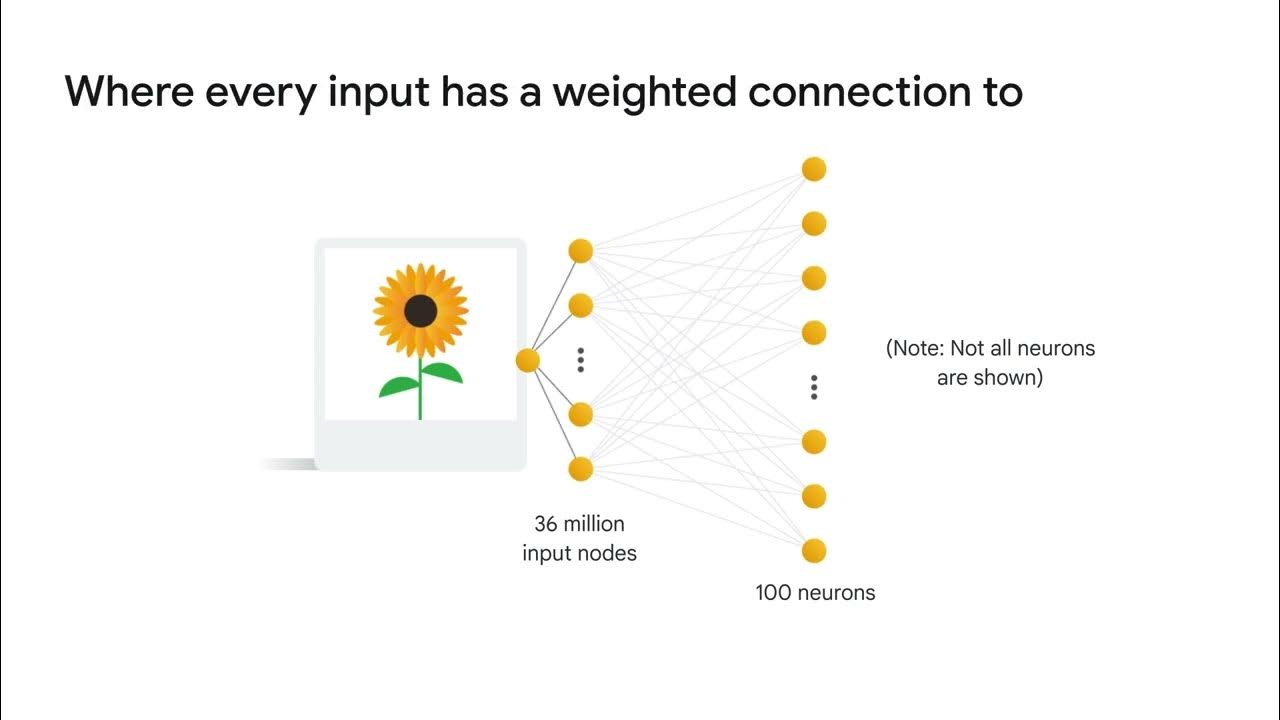What are Convolutional Neural Networks (CNNs)?
Summary
TLDRIn this video, Martin Keane from IBM introduces Convolutional Neural Networks (CNNs), explaining their role in pattern recognition, particularly in images. By using filters across multiple layers, CNNs can recognize and classify objects, starting from basic shapes to more complex items like windows, doors, and buildings. The video highlights how CNNs are applied in real-world scenarios such as optical character recognition (OCR), facial detection, and medical imaging. CNNs are essential in fields where machines need to interpret and analyze visual data, revolutionizing industries from document processing to healthcare.
Takeaways
- 😀 CNN (Convolutional Neural Networks) are a deep learning technique specialized in pattern recognition.
- 😀 CNNs use filters, small 3x3 blocks, to scan images and identify patterns, such as straight lines or right angles.
- 😀 Filters in CNNs analyze different parts of an image, scoring how closely they match predefined patterns.
- 😀 As you go deeper into the network, filters become more abstract and recognize more complex objects like windows, doors, or roofs.
- 😀 The pooling process combines the results from multiple filters to better understand the features within the image.
- 😀 The first layer of a CNN detects basic patterns, while deeper layers identify more advanced features, such as object recognition.
- 😀 CNNs are used in various applications, including optical character recognition (OCR) for handwritten documents.
- 😀 CNNs play a critical role in visual recognition, such as facial detection and image search.
- 😀 Medical imaging benefits from CNNs, as they can help in analyzing and interpreting scan data.
- 😀 CNNs can be applied for object recognition in images, even in complex scenarios like body-drawn houses or architectural features.
- 😀 CNNs are highly effective in performing tasks that require pattern recognition and object identification, and their use is rapidly growing across industries.
Q & A
What is the main topic of the script?
-The main topic is Convolutional Neural Networks (CNN) and their role in pattern recognition, especially in image processing.
What is the purpose of filters in a CNN?
-Filters in a CNN are used to recognize patterns in images by scanning through blocks of pixels and comparing them to predefined patterns.
How does a CNN work at a high level?
-At a high level, a CNN processes an image through multiple interconnected layers, with each layer performing a specific task, such as recognizing basic shapes, objects, or more abstract features.
What happens in the first layer of a CNN?
-In the first layer, filters look for simple patterns like straight lines or edges in the image. The results are then pooled together to form a better understanding of the image.
How do CNN layers become more abstract as you go deeper?
-As you go deeper into a CNN, the filters in the layers become more abstract and can detect complex objects like windows, doors, or even entire scenes such as a house or a skyscraper.
What is the concept of pooling in CNNs?
-Pooling is the process of combining the numeric outputs from multiple filters to form a more complete understanding of the image, helping CNNs recognize patterns more effectively.
What are some real-world applications of CNNs?
-CNNs are used in various fields, including Optical Character Recognition (OCR), facial detection, medical imaging analysis, and object identification, among others.
How do CNNs recognize objects in images like a house?
-CNNs recognize objects like a house by analyzing pixel patterns in the image. Filters detect basic shapes, and as the layers progress, they identify more complex features such as windows, doors, or roofs.
What is the role of artificial neural networks (ANN) in CNNs?
-Artificial neural networks (ANNs) form the basis of CNNs. CNNs are a specific type of ANN where multiple layers of interconnected neurons are used to process and transform input data for pattern recognition.
Why is the ability to recognize objects challenging for computers?
-Recognizing objects is challenging for computers because it requires identifying patterns across a variety of contexts, angles, and distortions in images, which humans do effortlessly but computers struggle with.
Outlines

هذا القسم متوفر فقط للمشتركين. يرجى الترقية للوصول إلى هذه الميزة.
قم بالترقية الآنMindmap

هذا القسم متوفر فقط للمشتركين. يرجى الترقية للوصول إلى هذه الميزة.
قم بالترقية الآنKeywords

هذا القسم متوفر فقط للمشتركين. يرجى الترقية للوصول إلى هذه الميزة.
قم بالترقية الآنHighlights

هذا القسم متوفر فقط للمشتركين. يرجى الترقية للوصول إلى هذه الميزة.
قم بالترقية الآنTranscripts

هذا القسم متوفر فقط للمشتركين. يرجى الترقية للوصول إلى هذه الميزة.
قم بالترقية الآنتصفح المزيد من مقاطع الفيديو ذات الصلة

Convolutional Neural Networks

Convolutional Neural Networks Explained (CNN Visualized)

What is a convolutional neural network (CNN)?

Convolutional Neural Networks from Scratch | In Depth

Deep Learning(CS7015): Lec 1.4 From Cats to Convolutional Neural Networks

ANN vs CNN vs RNN | Difference Between ANN CNN and RNN | Types of Neural Networks Explained
5.0 / 5 (0 votes)
